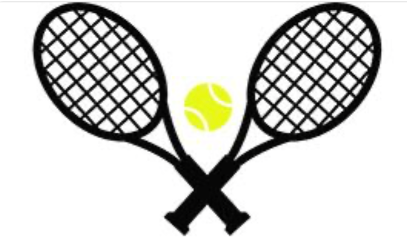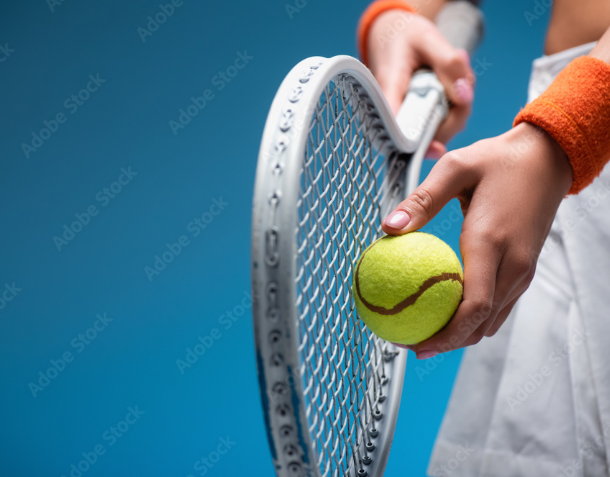
The Smarter Way to Be Aggressive: Placing Big Shots in Conservative Targets
When we talk about aggressive tennis, it’s easy to imagine line-painting winners, risky angles, and highlight-reel shots. But here’s the truth: the best aggressive players in the world aren’t trying to hit the lines. They’re hitting aggressive shots—yes —but aiming for conservative targets.
This subtle but powerful distinction is what separates smart, winning tennis from flashy, inconsistent play. Today, let’s look at why these matters, how it works, and where you should be placing your aggressive shots.
What Do We Mean by “Conservative Targets”?
Conservative targets are locations on the court that give you margin for error—a few feet inside the lines, over the middle 60% of the net, or placed deep in the court instead of sharp and short.
When you combine aggressive intent with safe targets, you get the best of both worlds: pressure without panic.
Where Should You Aim Your Aggressive Shots?
Here are several high-percentage, conservative locations where your biggest shots still make sense:
1. Big Forehand Crosscourt
• Why: It’s the longest diagonal on the court, which gives you more room to swing big with less risk.
• Margin: 3–5 feet inside the sideline, net clearance of 3 feet or more.
2. Aggressive Backhand Deep to the Middle
• Why: Attacking the middle gives you a clean target with zero angles in return.
• Margin: Clears the net solidly, lands near the service line or deeper.
3. Approach Shot Down the Middle Third
• Why: Reduces passing angles and puts pressure on your opponent to hit a perfect shot.
• Margin: Aim two racquet widths inside the sidelines and go deep.
4. Heavy Crosscourt Topspin on Short Balls
• Why: High net clearance keeps it safe, but the spin and angle still pull your opponent wide.
• Margin: Land it deep enough to push them back, not just wide.
5. First Serves at the Body or into the Big Part of the Box
• Why: You don’t need an ace—you need a weak return. Hitting your biggest serve into a safe spot is both assertive and consistent.
• Margin: Avoid the lines; aim 6–12 inches inside the service box boundaries.
6. Drive Volleys Targeting the Middle of the Court
• Why: Drive volleys are already risky. Hitting them toward the middle adds safety while still keeping the pressure on.
• Margin: Chest-high or lower, aimed center or deep.
7. Return of Serve Deep and Down the Middle
• Why: Taking a cut at a second serve is smart—but aiming safely allows you to be aggressive without giving the point away.
• Margin: Net clearance with drive, target the “T” area.
Why Is This Strategy So Effective?

• It keeps you in control—You stay aggressive without bleeding errors.
• It creates pressure—Your opponent sees pace and depth, not just placement.
• It builds rhythm—You can repeat aggressive patterns because your targets aren’t razor-thin.
• It wins matches—Consistency plus pressure beats highlight-reel risk.
The next time you get a short ball, a second serve, or a chance to attack, think about not just how hard you’re hitting, but where you’re aiming. Big swings into safe targets—that’s high-level tennis.






